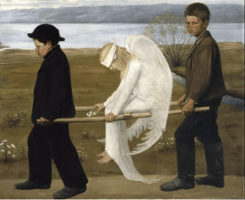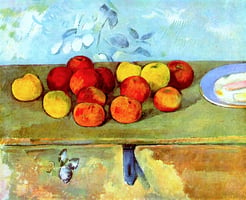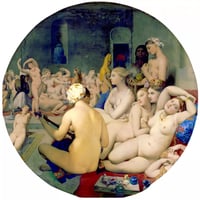Symbolism is an art movement that began in the late 19th century in response to the growing...
Realism in Art: A Look at the Movement That Changed the Course of Western Painting
Realism art is a style of painting that emerged in the mid-19th century. It was a reaction against the academic art of the time, which was seen as overly idealized and romanticized. Realism artists sought to depict the everyday life of the working class and to bring a sense of truth and honesty to their works.
The Realism art movement is closely associated with the Barbizon School of painters, who were the first to break away from the traditional academic style. The Barbizon painters were inspired by the French landscape and produced works that were full of naturalistic elements and attention to detail.
Realism artists such as Gustave Courbet, Jean-Francois Millet, and Honoré Daumier are some of the most celebrated painters of this period. They sought to move away from idealized portrayals of the human form and instead focused on capturing the raw and honest beauty of everyday life. Realism art often depicted scenes of rural life, poverty, labor, and industry.
The Realism art movement had a lasting influence on the development of modern art. Its focus on detailed observation and its rejection of idealized beauty inspired later modern artists such as the Impressionists, Expressionists, and Cubists.
Realism art is still popular today, with many artists finding inspiration in its honest and truthful depictions of everyday life. It is an important part of art history and has had a lasting influence on the development of modern art.




